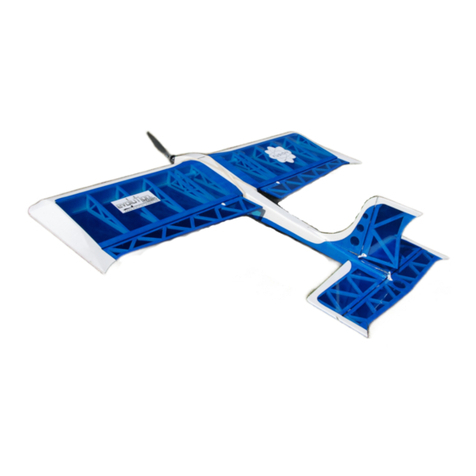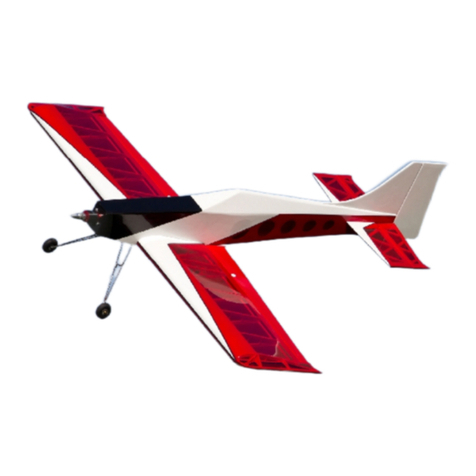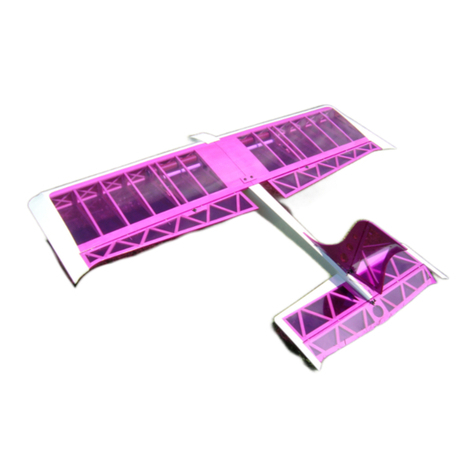
1
Introduction
The New Micro Fusion has takes those comments made by our customers and develops them into the
Fusion package. These comments along with hours of testing and development we have improved the
strength, durability and overall performance of the model. For those who owned the original Fusion you will
note the changes, some of them are only minor, such as the length of Tail moment and others like the
battery hatch provide a better all round model. We listen to our customers to improve our products, so if you
have anything you wish to share please let us know.
The Evolution Fusion has been designed predominantly for the Fun Fly enthusiast and the club flyer. The
Fusion will loop on the spot, roll in the blink of an eye and inspire confidence as it remains rock solid and
stable. This model that has been designed to be highly manoeuvrable, but also to be attractive with style
and flair.
The laser cut parts simply slot together to provide a lightweight structure without compromising strength.
The Fusion is simple and satisfying to build for the amateur and experienced builder.
Each kit contains a comprehensive hardware pack that includes the closed loop systems, hinges, hatch latch
and horns to name but a few, we even include fuel tubing (Glow Version)!
The Evolution Fusion has been designed to meet the needs of the Fun Fly competition pilot in an attractive
package. We hope that you have as much fun building and flying it as we have had developing it!
Building Recommendations
Check all parts from the box to ensure that they are present; if not then please contact us at the e-mail
address at the back of the instructions. We do from time to time make mistakes!!
Ensure that you use a completely flat base on which to build the model, this should be large enough the build
the wing 50” (1270mm) x 16” (400mm) as a minimum.
Read through the instructions before starting to build, understand each step before applying glue.
The glue detailed in the instructions is for a guide only, this is what we used for the prototypes, it is at the
builder discretion which glue is used, but ensure that it is suitable for the intended purpose. Always read the
application instructions to ensure you achieve a strong joint. Depron is a foam material; Standard Cyano will
attack and melt it, always use foam safe glue. Always read the safety instructions supplied with the glue.
Take your time building the model, build a straight and strong model, this will ensure the model will fly well!
Enjoy. Building is part of aero modelling!
This radio controlled model is not a toy. It can cause serious injury to the operator, public and property if
misused or abused. Ensure that you read all the instructions supplied with this kit and instructions provided
with the engine and radio control system or any other components purchased separately carefully. Also
make sure that any parts bought separately are suitable for their application.
The kit contains small and potentially sharp parts, keep away from children.
Additional Materials Required
Recommended Tools
Uhu Por
Foam Safe Cyano
Standard Thin or Medium Cyano
White Wood Glue
Epoxy Resin
Tinned Copper Wire (For Undercarriage)
Solder
Heat Shrink Covering Material
Engine Mount
Radio Gear
Modelling Knife
Razor Plane
Set Square
Sand Paper
Sanding Block
Blow Torch
Drill
Drill Bits
Building Board – Completely flat 1300 x 400mm Min
Bradawl































